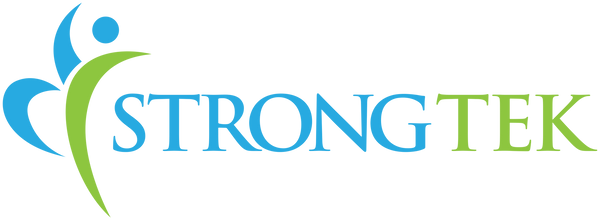When it comes to fitness, everyone wants stronger legs, better flexibility, and faster recovery. But there’s one underrated tool making waves among athletes, physical therapists, and gym-goers alike: calf stretchers.
Whether you're chasing a personal best on the track or just trying to avoid post-workout soreness, incorporating a calf stretcher into your fitness routine might just be the missing piece. Here's why this simple device could become your new workout essential.

What Is a Calf Stretcher?
A calf stretcher is a specially designed tool that allows you to target and elongate the muscles in your calves, hamstrings, and Achilles tendon. Typically angled or slanted, this tool helps position your foot in a way that supports deep, sustained stretching—which is crucial for athletes, runners, weightlifters, and anyone committed to staying mobile and injury-free.
1. Improve Flexibility and Range of Motion
Tight calves don’t just feel uncomfortable—they can seriously hinder your movement. Flexibility is a key component of overall fitness, and regular use of a calf stretcher can help:
- Increase ankle dorsiflexion (the ability to bring your toes toward your shins)
- Loosen stiff calves and Achilles tendons
- Enhance squatting, lunging, running, and jumping mechanics
Improved flexibility in your lower legs allows for more powerful and fluid movements, reducing strain on other joints and muscles like your knees and hips.
2. Boost Muscle Recovery and Circulation
After a tough workout, recovery is everything. Using a calf stretcher post-exercise helps increase blood circulation, flush out lactic acid buildup, and reduce soreness. This promotes faster muscle recovery and allows you to stay consistent with your training.
Adding just 5–10 minutes of calf stretching to your cooldown routine can:
- Reduce delayed onset muscle soreness (DOMS)
- Help with muscle repair and regeneration
- Improve overall athletic performance

3. Prevent Common Lower Leg Injuries
From shin splints to Achilles tendinitis, tight calves are a major culprit in many common lower leg injuries. Calf stretchers are a proactive way to reduce risk by:
- Relieving pressure on the Achilles tendon
- Enhancing alignment and biomechanics during movement
- Supporting proper warm-up and cool-down routines
Whether you’re a runner training for a marathon or a CrossFitter pushing your limits, injury prevention should always be part of the plan.
4. Ideal for All Fitness Levels
One of the best things about calf stretchers? They’re beginner-friendly yet highly effective for seasoned athletes too. Whether you're recovering from an injury or looking to level up your mobility, this tool offers scalable benefits:
- Seniors working on balance and gait
- Dancers needing ankle and foot mobility
- Gym-goers aiming for deeper squats
- Yoga lovers seeking enhanced hamstring flexibility
5. Compact, Durable, and Easy to Use
Fitness gear doesn’t need to be bulky or complicated. Calf stretchers are typically compact, lightweight, and easy to store, making them perfect for home gyms, rehab centers, or even under your desk at work.
Pro tip: Look for options made with high-quality wood or non-slip surfaces for maximum stability and safety.

How to Use a Calf Stretcher Effectively
Start slow. Place your foot on the stretcher and gently lean forward until you feel a stretch in the back of your leg. Hold for 20–30 seconds, then switch sides. Gradually increase duration and intensity as your flexibility improves.
You can also incorporate dynamic movements like calf raises or balance drills for even more functional strength and control.
Final Thoughts
Calf stretchers are more than just a niche tool—they’re a game-changer for anyone serious about mobility, strength, and injury prevention. Whether you're recovering from an injury, training for a race, or just trying to touch your toes again, don’t overlook the benefits of stretching those calves.
Add a calf stretcher to your routine, and take the first step toward stronger, more flexible legs—your body will thank you.
